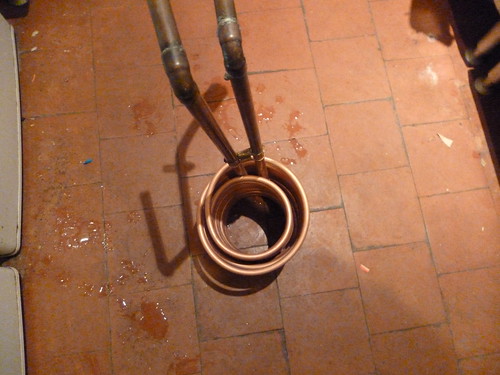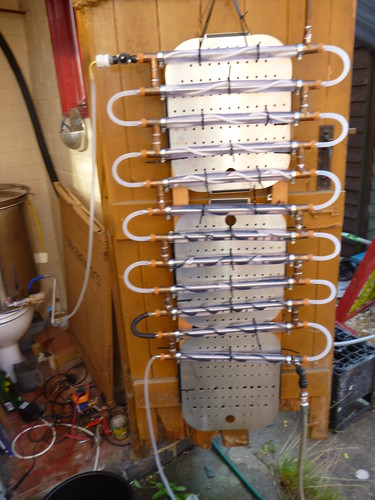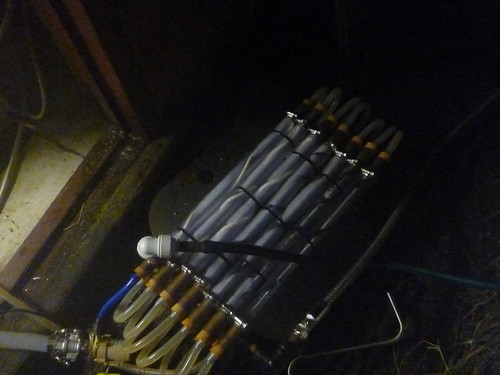- Joined
- Dec 15, 2013
- Messages
- 46
- Reaction score
- 5
Hi guys, am finding my feet with BIAB, but I keep having problems with my immersion chiller. First time the hose popped off and blasted into my wort and I abandoned the wort in disgust! Second batch, even with modified connectors, the junction leaked but outside the vessel. So, I was wondering if it would be worth it to uncoil the thing and recoil around a bucket or something. My Stockpot diameter is Forty centimetres. Is this possible or will I just end up with a kinked mess...better to buy more copper pipe and start afresh? Any ideas welcome, thanks!
Sent from my iPad using Tapatalk
Sent from my iPad using Tapatalk





















![BREWING THERMOMETER STICKERS ACCURATELY MONITOR FERMENTING BEER & WINE LIQUID TEMPERATURES 5PCS HOME BREW SPIRITS WINE LCD ADHESIVE [US]](https://m.media-amazon.com/images/I/311DDjo2X3L._SL500_.jpg)




























